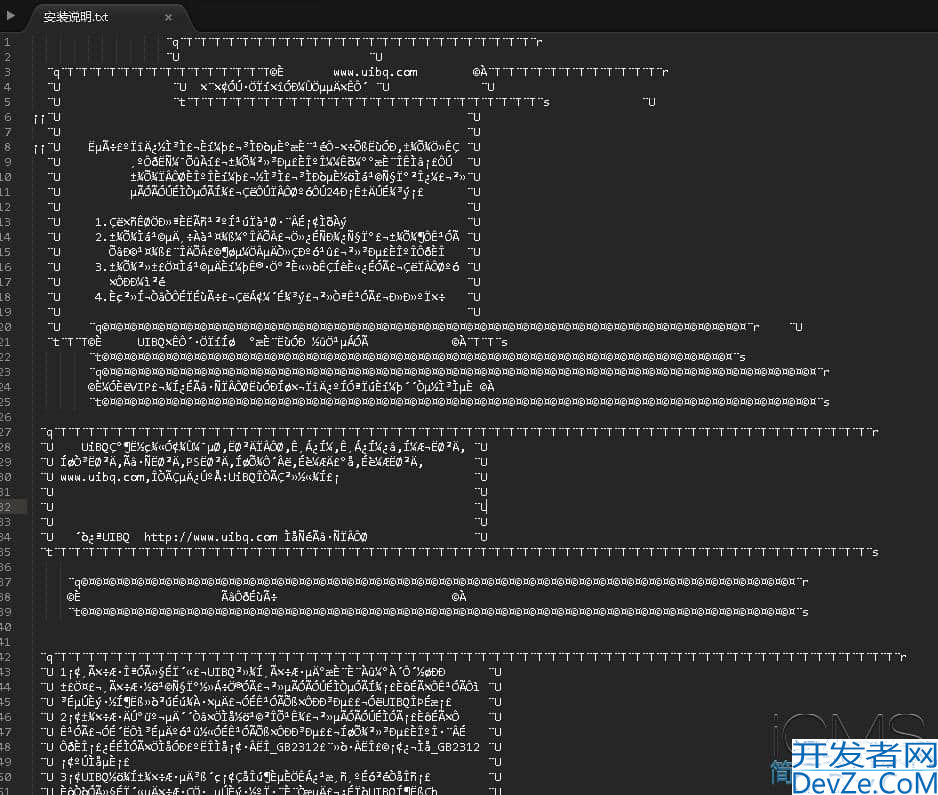Python filter()函数的使用方法和技巧(数据筛选的精密过滤器)
目录
- python filter()函数详解:数据筛选的精密过滤器
- 一、filter()函数基础
- 1. 核心功能
- 2. 工作流程
- 3. 基本语法
- 二、filter()的5种使用方式
- 1. 使用None过滤假值
- 2. 使用内置方法作为过滤函数
- 3. 使用自定义函数
- 4. 使用lambda表达式(最常用)
- 5. 多条件过滤
- 三、filter()的高级应用
- 1. 处理复杂数据结构
- 2. 与itertools联合使用
- 3. 惰性求值特性
- 四、filter()与列表推导式的对比
- 1. 性能对比
- 2. 可读性对比
- 五、filter()的注意事项
- 六、实际应用案例
- 案例1:数据清洗
- 案例2:文件处理
- 案例3:科学计算
- 七、性能优化技巧
- 八、总结
Python filter()函数详解:数据筛选的精密过滤器
filter()函数是Python中用于数据筛选的核心高阶函数,它能够从可迭代对象中"过滤"出满足特定条件的元素,相当于一个数据筛子。下面我将全面解析filter()函数的使用方法和技巧。
一、filter()函数基础
1. 核心功能
filter()函数根据指定的判断函数,对可迭代对象中的元素进行筛选,保留使函数返回True的元素。
2. 工作流程
原始序列: [元素1, 元素2, 元素3, ...]
↓ filter(过滤函数)
过滤后序列: [元素1 if 函数(元素1)==True, 元素3 if 函数(元素3)==True, ...]
3. 基本语法
filter(function, iterable)
function:判断函数,返回布尔值(None时自动过滤掉假值)iterable:可迭代对象(列表、元组、字符串等)
二、filter()的5种使用方式
1. 使用None过滤假值
values = [0, 1, "", "hello", None, False, [], [1,2]] truthy = list(filter(None, values)) print(truthy) # 输出: [1, 'hello', [1, 2]]
2. 使用内置方法作为过滤函数
# 过滤出可调用的对象 items = [1, str, len, "hello", dict] callables = list(filter(callable, items)) print(callables) # 输出: [<class 'str'>, <built-in function len>, <class 'dict'>]
3. 使用自定义函数
def is_positive(x):
return x > 0
numbers = [-2, -1, 0, 1, 2]
positives = list(filter(is_positive, numbers))
print(positives) # 输出: [1, 2]
4. 使用lambda表达式(最常用)
# 过滤偶数 numbers = [1, 2, 3, 4, 5, 6] evens = list(filter(lambda x: x % 2 == 0, numbers)) print(evens) # 输出: [2, 4, 6] # 过滤包含特定字符的字符串 words = ["apple", "banana", "cherry", "date"] a_words = list(filter(lambda w: 'a' in w, words)) print(a_words) # 输出: ['apple', 'banana', 'date']
5. 多条件过滤
# 过滤3-7之间的偶数 numbers = range(10) filtered = list(filter(lambda x: x%2==0 and 3<=x<=7, numbers)) print(filtered) # 输出: [4, 6]
三、filter()的高级应用
1. 处理复杂数据javascript结构
# 过滤字典列表
students = [
{"name": "Alice", "score": 85},
{"name": "Bob", "score": 58},
{"name": "Charlie", "score": 92}
]
passed = list(filter(lambda s: s["scjavascriptore"] >= 60, students))
print(passed)
# 输出: python[{'name': 'Alice', 'score': 85}, {'name': 'Charlie', 'score': 92}]
2. 与itertools联合使用
from itertools import filterfalse # 获取不满足条件的元素(filter的反向操作) numbers = [1, 2, 3, 4, 5] odds = list(filterfalse(lambda x: x % 2 == 0, numbers)) print(odds) # 输出: [1, 3, 5]
3. 惰性求值特性
# filter对象是迭代器,节省内存 big_data = range(10**6) filtered = filter(lambda x: x % 1000 == 0, big_data) print(next(filtered)) # 输出: 0 print(next(filtered)) # 输出: 1000
四、filter()与列表推导式的对比
1. 性能对比
对于简单条件,两者性能接近:
# filter版本 evens_filter = list(filter(lambda x: x%2==0, range(1000))) # 列表推导式版本 evens_lc = [x for x in range(1000) if x%2==0]
2. 可读性对比
- filter()更直观表达"过滤"意图
- 列表推导式更适合复杂条件
# 使用filter更清晰 valid_emails = list(filter(lambda x: '@' in x, email_list)) # 使用列表推导式更清晰 squares = [x**2 for x in numbers if x > 0 and x%2==0]
五、filter()的注意事项
返回值是迭代器:需要转换为list等容器才能直接查看
f = filter(lambda x: x>0, [-1, 0, 1]) print(list(f)) # 输出: [1]
一次性使用:迭代器遍历后即耗尽
f = filter(lambda x: x>0, [-1, 0, 1]) list(f) # [1] list(f) # []
函数应返回布尔值:非布尔返回值会隐式转换为bool
list(filter(lambda x: x-1, [0, 1, 2])) # 输出: [2] (因为0-1=-1→True, 1-1=0→False)
空输入处理:输入为空时返回空迭代器
list(filter(None, [])) # 输出: []
六、实际应用案例
案例1:数据清洗
# 清洗混合类型数据
mixed_data = [1, "a", 0, "", None, [], [1,2], {"a":1}]
cleaned = list(filter(lambda x: isinstance(x, (int, float)) and x != 0, mixed_data))
print(cleaned) # 输出: [1]
案例2:文件处理
# 过滤出文本中的长单词
with open("text.txt") as f:
long_words = list(filter(lambda w: len(w) > 5, f.read().split()))
print(long_words)
案例3:科学计算
# 过滤出有效实验数据
import math
data = [1.2, -0.5, 3.1, float('nan'), 4.8, float('inf')]
valid = list(filter(lambda x: math.isfinite(x) and x > 0, data))
print(valid) # 输出: [1.2, 3.1, 4.8]
七javascript、性能优化技巧
尽早过滤:在数据处理管道中先执行filter操作
# 不佳做法:先转换再过滤 result = list(filter(lambda x: x>10, map(lambda x: x**2, big_data))) # 优化做法:先过滤再转换 result = list(map(lambda x: x**2, filter(lambda x: x>3, big_data)))
使用生成器表达式:处理大数据时更省内存
# 替代filter的方案 filtered = (x for x in big_data if x % 2 == 0)
避免重复计算:对复杂条件预先计算
# 不佳做法:重复计算 result = filter(lambda x: x > threshold and expensive_check(x), data) # 优化做法 result = filter(lambda x: x > threshold, data) result = filter(expensive_check, result)
八、总结
filter()函数是Python函数式编程中不可或缺的工具,它的核心优势在于:
- 声明式编程:明确表达"过滤"意图,代码更易读
- 内存高效:返回迭代器,适合处理大规模数据
- 灵活组合:可与map、reduce等函数轻松组合使用
适用场景:
- 需要从大数据集中提取符合条件的子集
- 数据清洗和预处理
- 构建数据处理管道
记住以下最佳实践:
- 简单条件优先使用filter + lambda
- 复杂条件考虑列表推导式
- 大数据处理利用其惰性求值特性
- 避免对同一数据多次应用filter
到此这篇关于Python filter()函数详解:数据筛选的精密过滤器的文章就介绍到这了,更多相关Python filter()函数内容请搜索编程客栈(www.devze.com)以前的文章或继编程续浏览下面的相关文章希望大家以后多多支持编程客栈(www.devze.com)!







 加载中,请稍侯......
加载中,请稍侯......
精彩评论